3 Traditional Chinese Tops: A Closer Look at the Shan, Ru, and Ao

Traditional Chinese Tops
If you’ve ever come across terms like “衫,” “襦,” or “袄” in Chinese historical articles or books, you might be wondering what exactly they refer to and how they differ from each other. These are all types of traditional Chinese tops, commonly found in Hanfu clothing, and while they share some similarities, they each have their own unique characteristics. Let’s break them down to understand better.
The Shan (衫)
The word “衫” refers to a traditional Chinese top, often worn during ancient times as part of Hanfu clothing. It’s a loose, lightweight garment that was especially popular during the Spring and Autumn periods. Originally, it was a sleeveless, slit-sided garment, which made it perfect for the transitional weather of spring and autumn. While it was primarily worn by women in the past, men also wore variations of it.
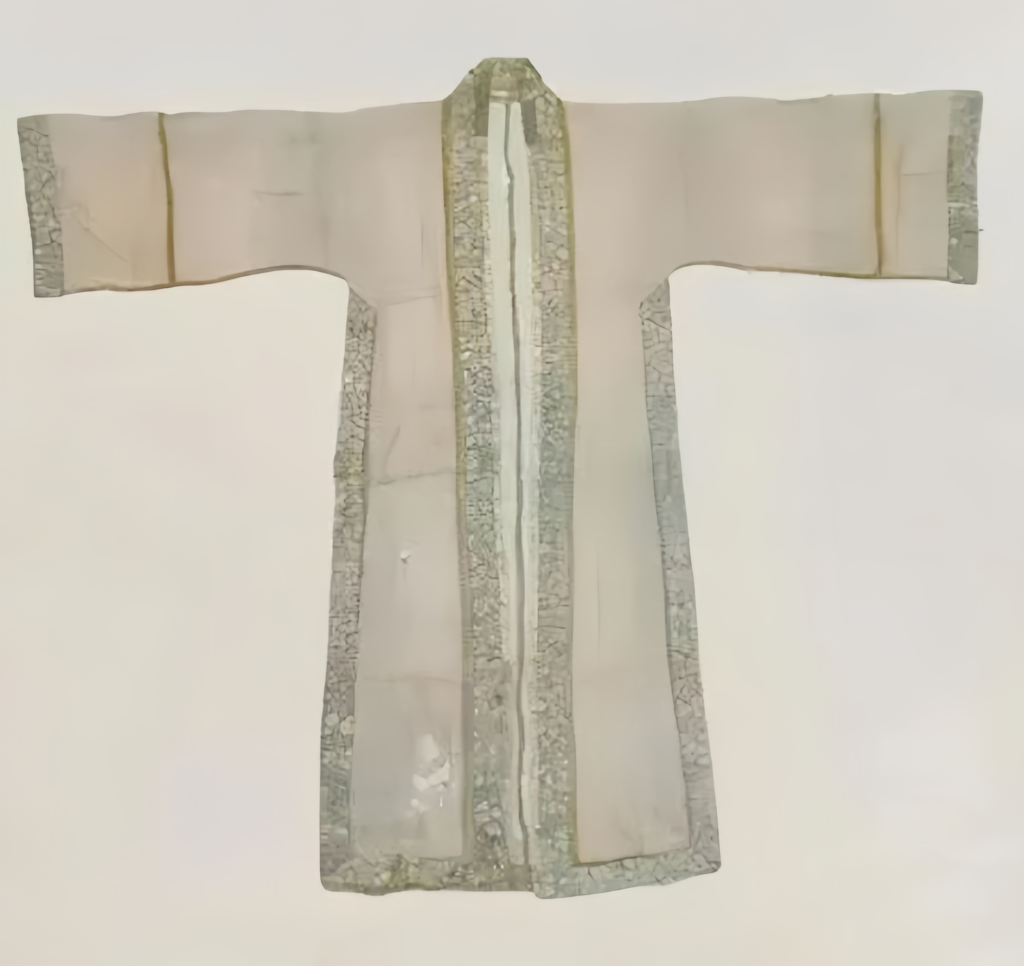
Historically, there were two main types of “衫”: the “中单” (middle single-layer) from the early dynasties and the “布衫” (cloth shirt) worn by commoners. The shirt has evolved over time and can now be categorized as either an inner shirt or an outer shirt. The outer version, known as “褙子” or “半臂” (half-sleeve), was typically worn as a protective layer to shield from wind and dust. “半臂” was essentially a short-sleeved version that reached just below the elbow, although there were also sleeveless variants. These styles became popular during the Sui dynasty and continued to change over time.
By the Song dynasty, the “衫” had further evolved. Sleeves were lengthened, transforming it into a type of inner garment for daily wear, similar to what we would now call a basic shirt. This versatile piece of Hanfu clothing became an essential component of traditional Chinese attire, reflecting both practicality and elegance.
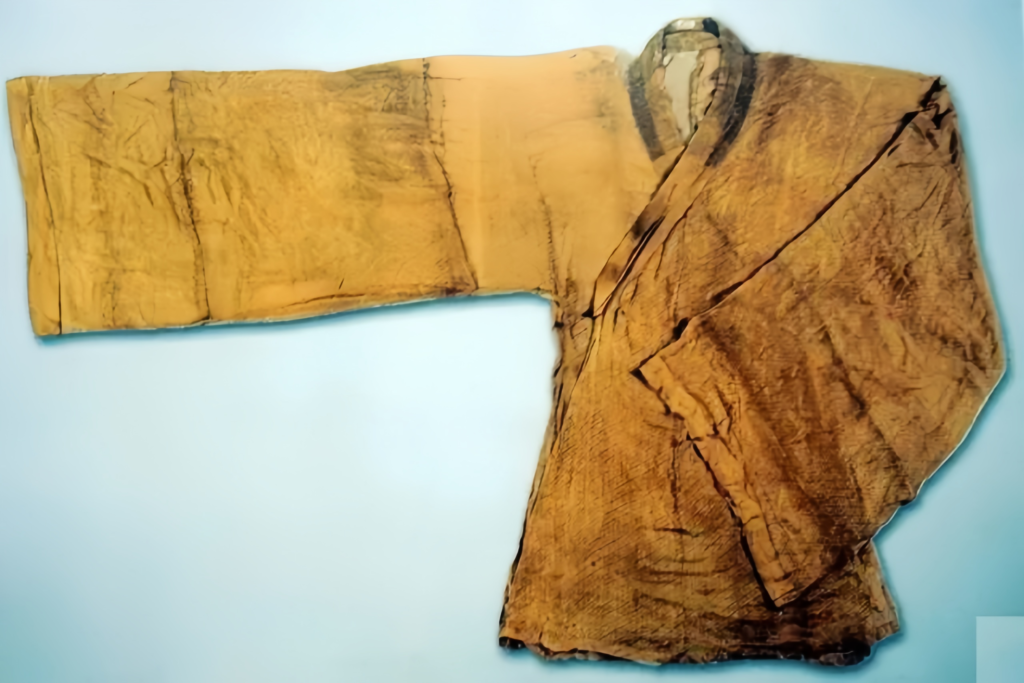
One important thing to note is that “衫” was originally made as a separate piece of fabric sewn together, but during the Southern Dynasty, it started to be cut from one continuous piece, making it easier to wear.
The Ru (襦)
Next, we have the “襦,” a type of traditional Chinese top that is similar in function to the “衫” but with its own specific characteristics. The “襦” typically refers to a garment that is made from separate pieces of fabric sewn together, and it usually features a waist seam. It’s a bit more structured than the “衫,” and there are no side slits. The term “襦” dates back to the Han Dynasty, but it was during the Jin dynasty that the name “襦” started to be used to refer to this garment.

There are two main kinds of “襦”: single-layer and multi-layer “襦.” The single-layer “襦” is closer to the “衫,” while the multi-layer “襦” is more similar to the “袄” in its structure, with more layers for warmth. Because of the waist-length cut, “襦” is also often called a “腰褂” (waist-length top), although there are exceptions like the “长襦” (long ru), which can reach down to the hips or lower.

The Ao (袄)
The “袄” is a more complex and often heavier garment, designed to provide warmth, especially during the cold weather. It’s a traditional Chinese clothing piece with an inner lining, and there are several variations depending on its construction. Some “袄” have a simple outer layer and inner lining, while others are made with extra padding between the layers for additional insulation. In colder regions, the “袄” was often made from animal hides that were tanned to make them more durable, reflecting the adaptability of Hanfu clothing to different climates and needs.
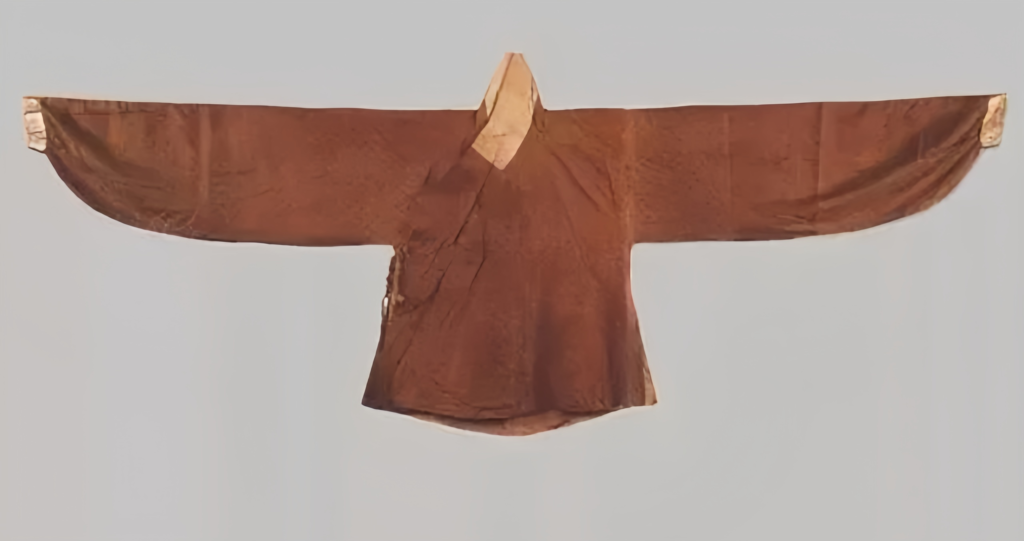
The “袄” was originally introduced to China during the Northern and Southern Dynasties and became a popular choice for winter clothing. It quickly replaced lighter garments like the “衫” and became the go-to choice for the colder seasons, as it offered more warmth due to its multiple layers. The “袄” is typically longer than the “衫,” and it could be worn as a daily garment for both men and women. The structure of the “袄” can be quite varied—some feature high collars and shoulder sleeves, while others may be more basic. This garment is an important piece of traditional Chinese tops in Hanfu clothing, especially for colder weather.
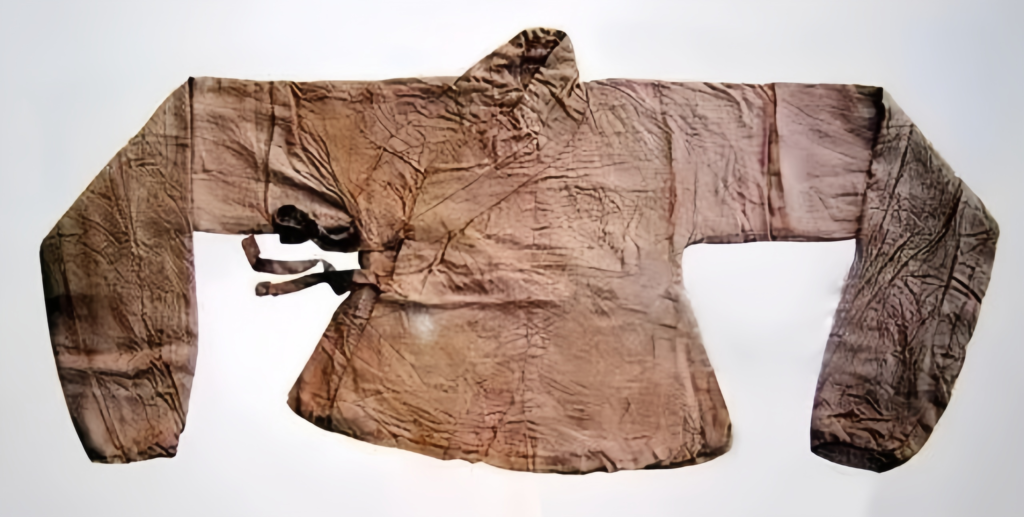
In the Tang Dynasty, the “袄” influenced Japanese clothing as it was introduced there. During this time, Chinese “袄” styles, including the ones with a high collar and folded-over sleeves, became very popular. Later on, in the Qing Dynasty, the basic form of the “袄” had a standing collar and shoulder sleeves, making it recognizable as the classic version of this garment.
So, to summarize, the “衫,” “襦,” and “袄” are all important elements of traditional Chinese clothing. While they share some common features, each one served a different purpose and was worn in different contexts. The “衫” was more of a lightweight, everyday garment, the “襦” was a more structured version often with a waist seam, and the “袄” was the go-to option for warmth and protection during the cold seasons. These garments reflect the diverse nature of ancient Hanfu clothing and its adaptation to various needs and climates.

For more information on traditional Chinese clothing and its history, you can visit Chinese Clothing – Wikipedia.
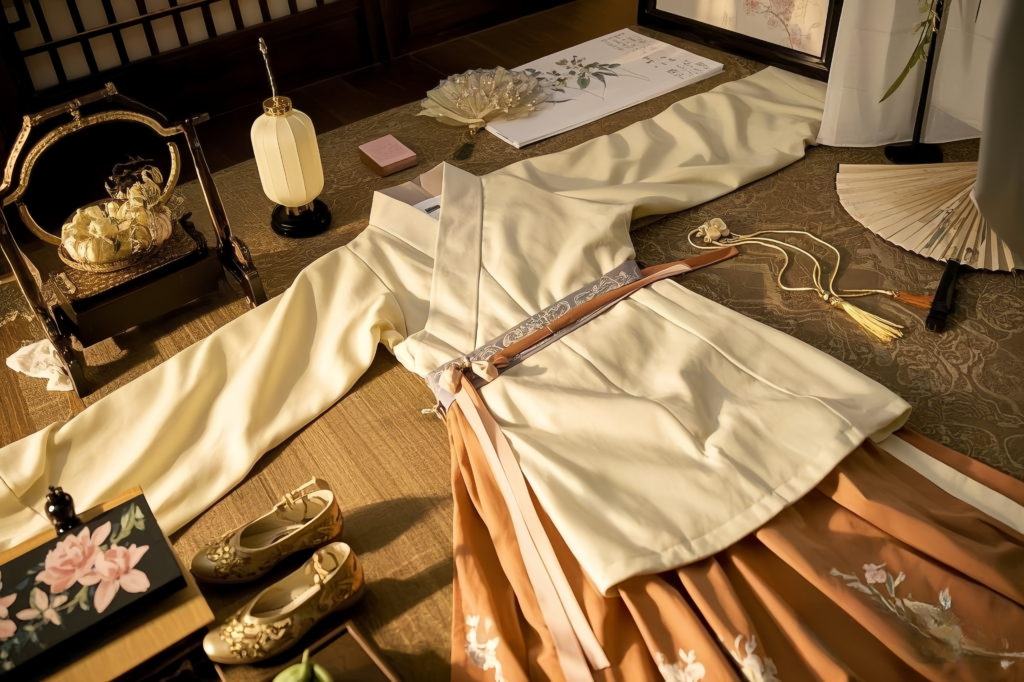




Responses